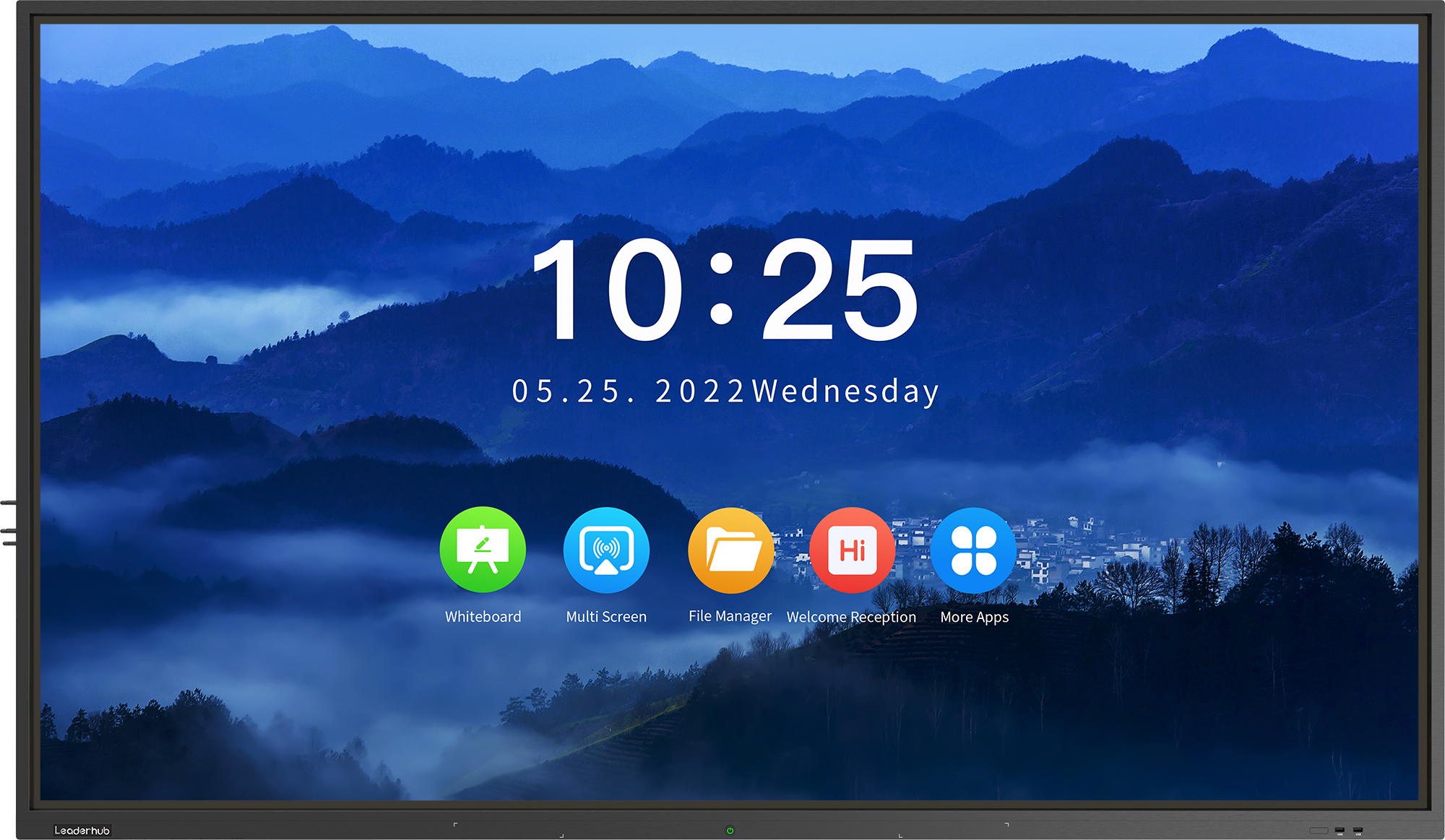Understanding the Interface and Capabilities of Microsoft Tablets

Microsoft tablets have gained significant popularity in recent years as a versatile computing device that offers both the functionality of a laptop and the convenience of a tablet. These hybrid devices provide users with the ability to interact with their computer in unique ways, bridging the gap between traditional computing and the modern touch-oriented interface.
1. Touch and Pen Input
One of the primary ways in which Microsoft tablets interact with a computer is through touch and pen input. The touchscreen interface enables users to navigate through the system and applications by directly interacting with the screen. This intuitive method of input allows for easy scrolling, zooming, and tapping to open applications. Additionally, the inclusion of a pen stylus provides precise input for tasks such as drawing, note-taking, and content creation.
2. Wireless Connectivity and Syncing
Microsoft tablets come equipped with various wireless connectivity options, such as Wi-Fi and Bluetooth, allowing seamless interaction with computers. This enables users to synchronize their tablets with their computers to share files, access cloud-based storage, and stream media across devices. The integration of Microsoft's cloud services further enhances this connectivity by providing a unified experience across different devices.
3. Continuum and External Displays
Microsoft's Continuum feature allows tablets to connect with external displays, transforming them into a desktop-like experience. By connecting a tablet to a compatible dock or using wireless methods, users can expand their screen real estate, utilize a physical keyboard and mouse, and access desktop-oriented applications. This interaction bridges the gap between tablet and computer, providing a flexible computing experience.
Limitations of Microsoft Tablets
While Microsoft tablets provide a seamless interaction with computers, they do have certain limitations that users should be aware of:
1. Processing Power and Performance
Due to their compact form factor, Microsoft tablets generally have limited processing power compared to traditional desktop computers. This may result in slightly slower performance when running resource-intensive tasks such as video editing or heavy multitasking. However, newer models are continuously improving on this aspect, providing better performance with each iteration.
2. Compatibility with Legacy Software
Microsoft tablets, running on Windows operating system, face limitations when it comes to compatibility with legacy software designed for older versions of Windows or other platforms. While compatibility modes and virtualization software exist, some applications may not function optimally, requiring alternative solutions or software alternatives specifically designed for the tablet's architecture.
3. Limited Connectivity Ports
Due to their slim design and emphasis on portability, Microsoft tablets often have limited connectivity ports. This may pose a limitation for users who require multiple USB ports, Ethernet connections, or other specialized connectivity options. The use of dongles or adapters may be necessary to expand the tablet's connectivity capabilities.
Conclusion
Microsoft tablets offer a unique and versatile computing experience by allowing users to interact with their computers through touch, pen input, wireless connectivity, and external displays. However, it is important to consider the limitations of these devices, such as processing power, software compatibility, and connectivity options. Despite these limitations, Microsoft tablets continue to evolve, providing users with increasingly powerful and functional devices.

